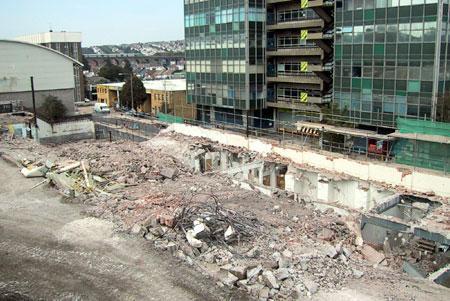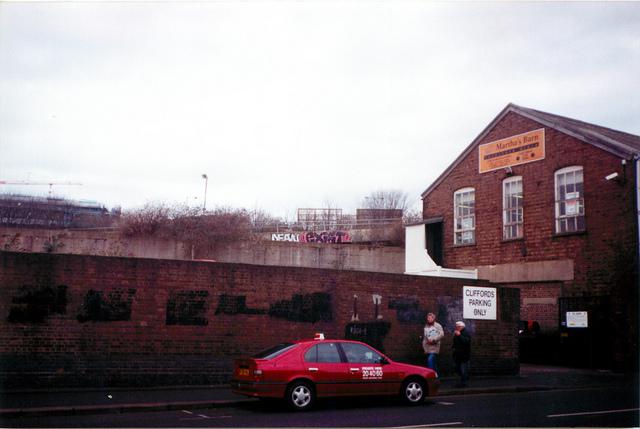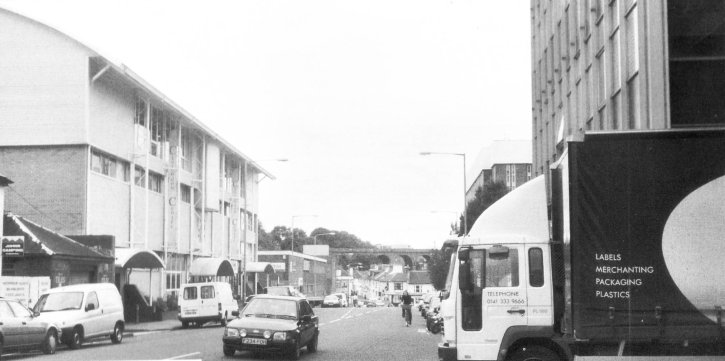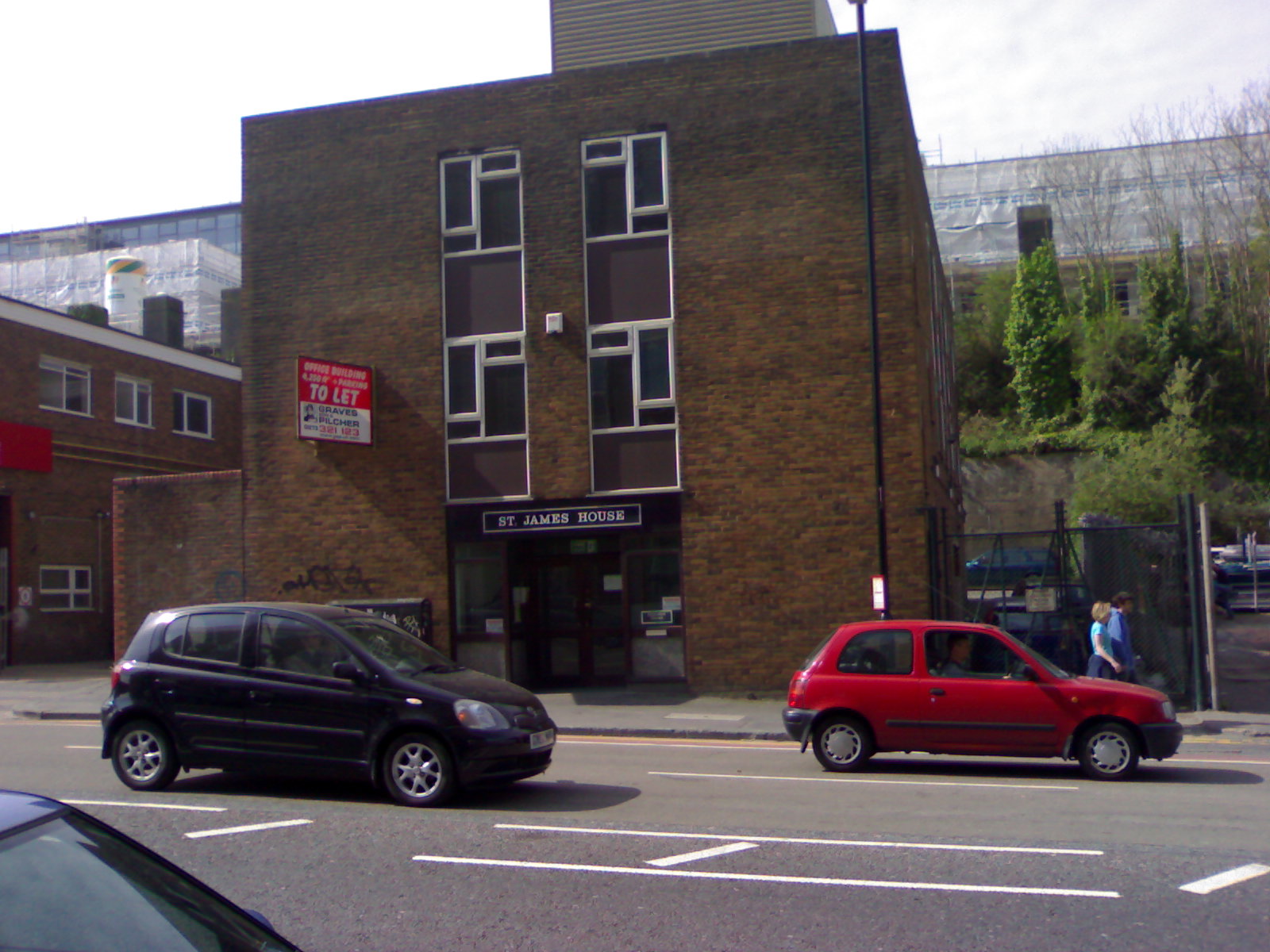


ABOVE: The view looking north along what was originally the Lower Goods Yard Track bed. The rears of John's Camping, Martha's Barn Funiture, Cliffords Auto Factors and The Church of Christ the King can all be seen on the right. This area is now the rear of OneBrighton in the present day. This image is owned by The Isetta Owners' Club of Great Britain.




ABOVE: This photo shows the rear of the Loco Works access way and foot bridge over the path of The Lower Goods Yard Trackbed as it appeared in March 2003. CCK can be seen to the left of the pay office and the northern edge of New England House on the extreme right. This photo is owned by brightonbits.blogspot.co.uk and can be seen in original context via the link.

ABOVE: This photo shows the Pay Office and Loco Works Access way in the process of demolition, around the back end of 2003. The photo is taken from New England House and is owned by Mr. Michael Brittain.


********************
Below: Martha’s Barn Furniture. Clifford Auto Factors can be seen far right and the post office car park and Clifford parking is on the left.




ABOVE: Image owned by Mr. Michael Brittain.


********************


********************

BELOW: This photo shows

********************

ABOVE: This area was
mostly residential housing until 1962, when the entire area was
rationalised and unfortunately left us with the bland and uninteresting
thoroughfare which makes up the northern end of New England Street in the
present day. The road was widened to accommodate business traffic and was used
to relieve traffic from

ABOVE: Geo E Richardson Scrap Metal Merchants and The Cobbler's Thumb. This diminutive little pub is full of character and is one of very few buildings in the area to survive the widening of the road in 1962.
********************
Below: The south-eastern corner of the coal yard is seen here in 2005. The site has been levelled in preparation for the Citypoint development. Trafalgar Place and Mocatta House loom in the backgroundbehind the excavator and the red brick DVLA building stands on the site of what was once the old Pickfords Warehouse next to the Goods Shed and United Carriers Buildings. The Tall, architecturally barren block of flats on the left is Trafalgar House, built in the 1970s,which stands atop a car park in Blackman Street.
